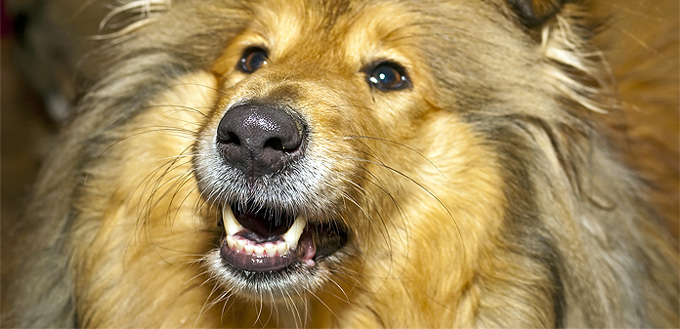Have you ever wondered why your dog has whiskers? What is their purpose, other than helping spread water everywhere whenever your dog shakes their head? Whiskers are found on many mammals, including cats and dogs, and they play similar functions on all animals that have them.
What are Whiskers?
Whiskers are the long, course hairs that protrude from your dog’s muzzle and jaw. They can also be found above their eyes. The amount and placement of whiskers varies between breeds and between individual dogs. The technical term for whiskers is vibrissae and the follicles at the end of these vibrissae are full of nerves that send information to your dog’s brain. Much of this information is sensory and is essential to how your dog understands the world.

Making Sense of the World
Humans tend to use their sense of touch to make sense of the world, it is one of the reasons why the nerve endings in human fingers are so sensitive. By combining this sense of touch with the other senses, humans build up a full picture of their surroundings, potential dangers, and are able to orientate themselves within the world around them. A dog’s whiskers can be thought of as playing much the same role as human fingertips, except they are even more sensitive and crucial to how your dog sees the world.
Understanding the Role of Whiskers
A dog’s whiskers are highly sensitive, including to subtle changes in air currents. This means that they are able to serve as receptors, providing important information about the shape, size, and even speed of nearby objects. Vision is not the most highly involved trait in a dog, so this extra sensory information allows dogs to ‘see’ more clearly. Unlike eyes, whiskers work just as well in the dark, which goes some way to explaining why dogs are able to move around the home at night, without lights, and without bumping into walls or falling down stairs.
As well as being able to sense how close they are to objects, whiskers allow your dog to sense dangers that may be approaching them. Changes in air currents alert your dog to approaching vehicles, giving an indication of the speed the vehicle is travelling at, as well as how close it is. It is the same principle that allows them to snap a fly out of the air before you have even registered that the fly is in the room.
Many small mammals use their whiskers to determine whether they can fit through small spaces and it is thought that at least some breeds of dog do the same. It is easy to see how this would be useful for breeds that were bred for fitting down rabbit holes and flushing out game.
Another possible use for whiskers is locating food. There have only been a few studies into this area of whiskers, but it is common in other mammals including aquatic mammals and rats. While it may not be a requirement for modern dogs who do not have to hunt for food, it still helps them to find the morsels of food you drop and locate that last pack of treats that you thought you had hidden.
You May Also Like: Dog Treats
Relaying Feelings
Whiskers are also capable of relaying messages about how your dog is feeling. For example, when a dog feels threatened they often reflexively flare their whiskers and then point them in a forward direction. Experts believe that that this indicates that whiskers play a role in a dog’s natural defense strategy, particularly when they find themselves in combative situations with other dogs or predators. Knowing this can help owners to identify when their dog feels threatened in any given situation, including when the dog feels trapped, or threatened by an unknown or new individual.
Looking After Whiskers
It is quite common for owners of show dogs to trim, pluck, or surgically remove whiskers for aesthetic purposes. However, doing so can be extremely detrimental to the dog. While cutting the whiskers does not hurt as there are no pain receptors in the whiskers, experts now believe that taking this course of action could lead to decreased spatial awareness and confusion. The good news is that whiskers that have been trimmed or plucked do grow back, however it is best to leave them so as not to risk any detrimental effects on your dog.
Sources:
- Vanessa Voltolina, MS, Why Do Dogs Have Whiskers?, PetMD
- Stanley Coren, Ph.D, Why Do Dogs Have Whiskers?, American Kennel Club
- Stanley Coren, Ph.D, Why Do Dogs Have Whiskers?, Psychology Today







